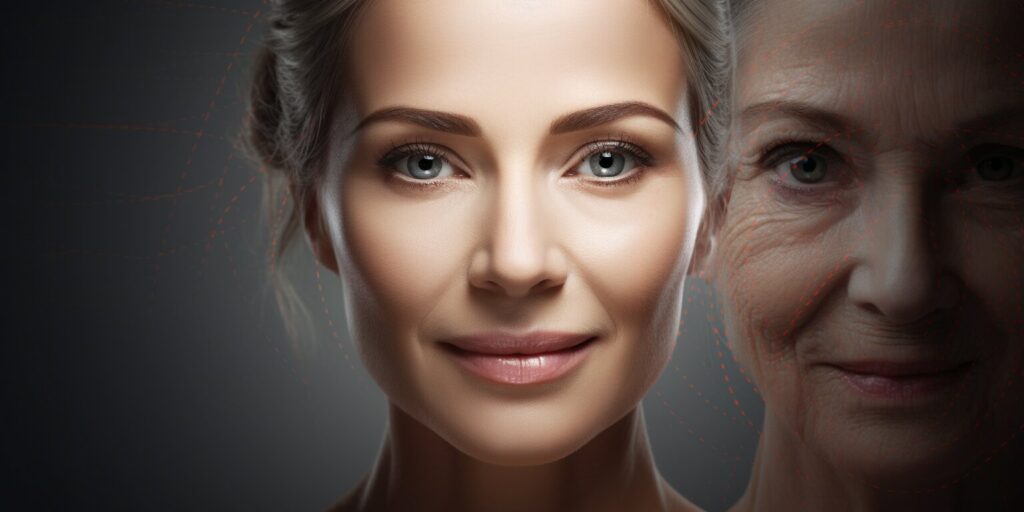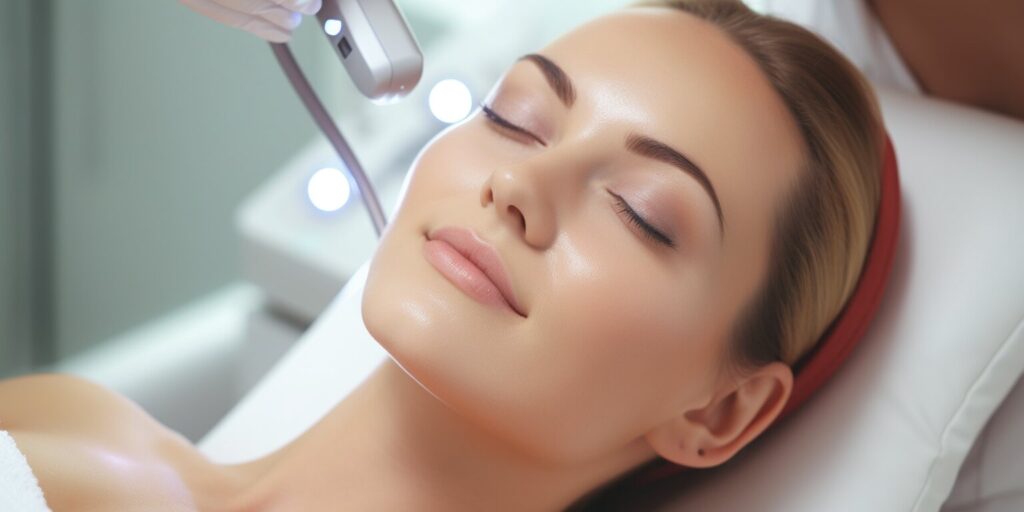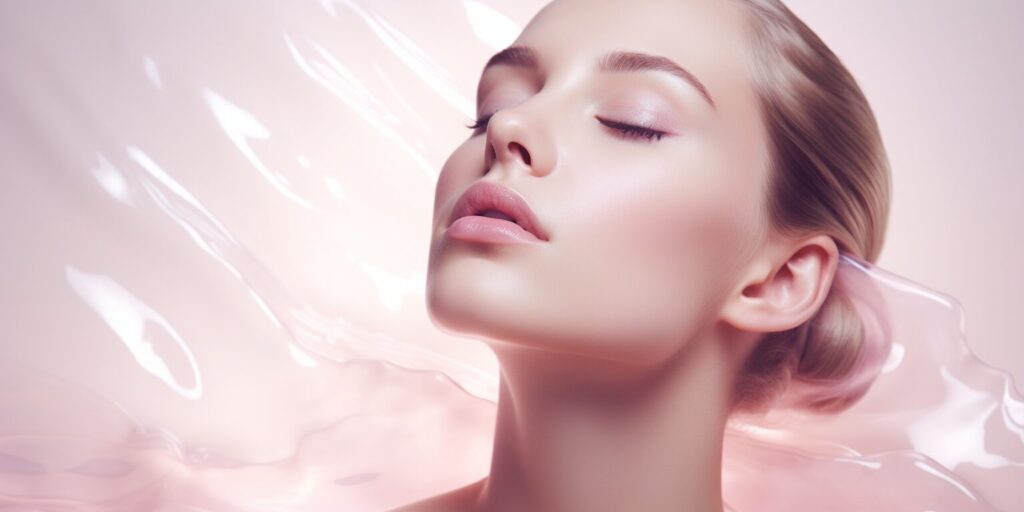The quest for eternal youth has been a constant throughout human history, and in our modern era, it manifests in the ever-growing market of anti-aging treatments. The options are vast and often overwhelming, from over-the-counter creams to high-tech procedures. This article delves into the world of anti-aging treatments, offering insights into what really works and what to consider before taking the plunge.
Understanding the Aging Process
Understanding the aging process is crucial to navigating anti-aging treatments effectively. Aging is a complex biological process influenced by a combination of genetic, environmental, and lifestyle factors. Over time, the body’s cells experience damage due to various factors such as sun exposure, pollution, and the natural decline in cellular repair mechanisms. This damage manifests in visible signs of aging, like wrinkles, sagging skin, and age spots.
Topical Treatments: Creams and Serums
The most accessible anti-aging treatments are topical products like creams and serums. These products often contain ingredients like retinoids, peptides, antioxidants, and hyaluronic acid, which claim to reduce wrinkles and improve skin elasticity.
Retinoids
Retinoids, derivatives of Vitamin A, are among the most well-studied anti-aging ingredients. They promote skin cell turnover and stimulate collagen production, thus reducing the appearance of fine lines and wrinkles. Prescription-strength retinoids like tretinoin have shown significant results, but over-the-counter options like retinol are also effective, albeit milder.
Antioxidants and Peptides
Antioxidants, like Vitamin C and E, protect the skin from damage caused by free radicals, while peptides, small chains of amino acids, work by signaling the skin to produce more collagen. These ingredients are commonly found in serums and creams and can improve skin texture and firmness.
Professional Treatments: Beyond Topical Products
For those seeking more dramatic results, professional treatments like laser therapy, chemical peels, and injectables offer the next level of anti-aging solutions.
Laser Therapy
Laser treatments work by using focused light to stimulate collagen production, reduce pigmentation, and improve skin texture. Fractional lasers targeting specific skin depths can be particularly effective for treating wrinkles and age spots.
Chemical Peels
Chemical peels involve applying a chemical solution to the skin to remove the top layers, revealing smoother, less wrinkled skin beneath. Peels range from mild to deep, with the more intense peels offering more dramatic results but requiring more recovery time.
Injectables: Botox and Fillers
Injectables are another popular anti-aging treatment. Botox, a neurotoxin, temporarily paralyzes muscles to reduce the appearance of dynamic wrinkles (wrinkles that occur from facial expressions). On the other hand, dermal fillers are used to fill in static wrinkles (wrinkles present when the face is at rest) and add volume to the face.
The Role of Lifestyle in Anti-Aging
A crucial yet often overlooked aspect of anti-aging is lifestyle. While treatments and products play a role, our daily choices significantly impact how gracefully we age. Central to a youth-preserving lifestyle are diet and nutrition. A diet rich in antioxidants found abundantly in fruits and vegetables combats oxidative stress, a key factor in aging. Foods high in Omega-3 fatty acids, like fish, and those rich in vitamins C and E, support skin health by enhancing its elasticity and protecting against environmental damage.
Regular physical activity is another cornerstone of an anti-aging lifestyle. Exercise improves circulation, contributes to a healthier complexion, and releases hormones promoting cell regeneration and reducing stress. Stress, known to accelerate aging, can be mitigated through regular physical activity as well as mindfulness practices like meditation and yoga.
Sleep quality cannot be understated in its role in anti-aging. During sleep, the body undergoes repair processes vital for maintaining youthful skin and overall health. Chronic sleep deprivation can lead to visible signs of aging and weaken the skin’s ability to recover from environmental stressors.
Lastly, lifestyle habits such as smoking and excessive alcohol consumption have profound aging effects on the skin. They contribute to the breakdown of collagen, leading to wrinkles and a lackluster complexion. In conclusion, a holistic approach involving a healthy diet, regular exercise, adequate sleep, and avoidance of detrimental habits forms the backbone of an effective anti-aging strategy.
Navigating the Market: Making Informed Choices
With a plethora of anti-aging treatments available, it’s essential to make informed decisions:
- Research: Understand the science behind different treatments and ingredients. Seek evidence-based products and procedures.
- Consult a Professional: Consult with a dermatologist or skincare specialist before undergoing any professional treatment.
- Set Realistic Expectations: No treatment can completely halt aging. It’s important to have realistic expectations about what anti-aging treatments can achieve.
- Consider Safety and Side Effects: Understand different treatments’ potential side effects and safety profiles.
- Personalize Your Approach: Everyone’s skin is different. What works for one person may not work for another.
Customizing Your Anti-Aging Regimen: Tips for Every Age and Skin Type
Creating an effective anti-aging regimen requires tailoring practices to suit different ages and skin types. In your 20s, the focus should be on prevention. Use gentle cleansers, daily sunscreen, and lightweight moisturizers to protect the skin from sun damage and environmental pollutants. Incorporating a basic retinol product can also help stave off early signs of aging.
As you move into your 30s, the skin’s ability to regenerate slows down. It’s time to upgrade your skincare arsenal. Introduce more potent retinoids, and consider serums rich in antioxidants like Vitamin C to combat fine lines and sunspots. Hyaluronic acid becomes a key player in maintaining skin hydration and plumpness.
Entering the 40s and beyond, the skin demands more intensive care. Products with higher concentrations of active ingredients like peptides, growth factors, and advanced retinoids can be more beneficial. This age group might also explore professional treatments like laser therapy or microdermabrasion for more pronounced skin rejuvenation. For those with sensitive skin, it’s crucial to balance efficacy with gentleness, opting for products that deliver results without causing irritation.
Throughout all ages, it’s vital to recognize and respect your skin’s unique needs. A regimen that works for dry skin might not suit someone with an oily complexion. Regular consultations with a dermatologist can guide personalized skincare choices, ensuring your regimen evolves effectively with your aging journey.
Final Words
Navigating the world of anti-aging treatments requires a blend of informed decision-making, realistic expectations, and a holistic approach to skincare and lifestyle. By understanding the aging process, exploring various treatment options, and prioritizing skin health from the inside out, one can effectively combat the signs of aging and maintain a youthful appearance. Remember, anti-aging treatments aim not to reverse time but to age gracefully and confidently.



